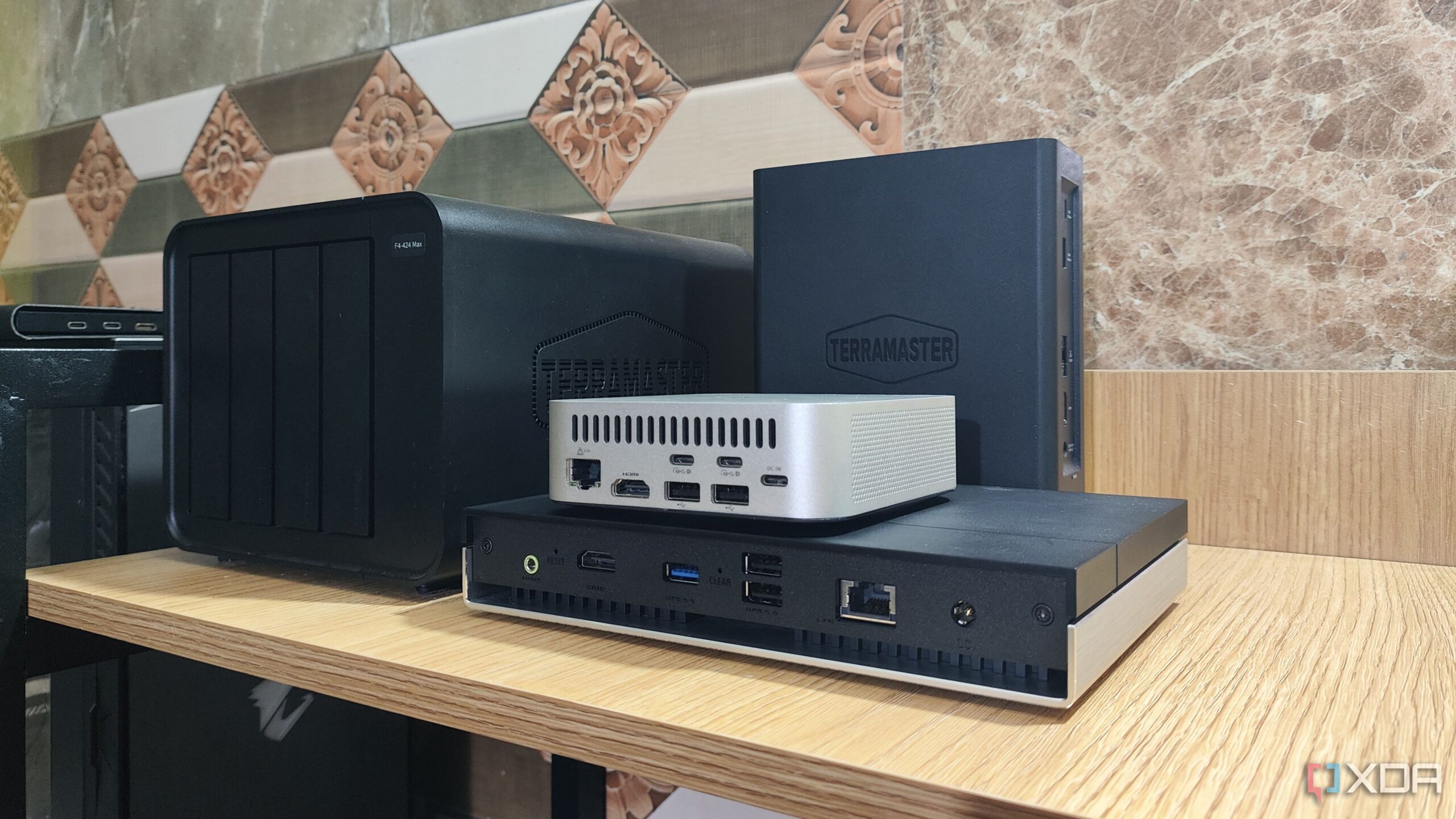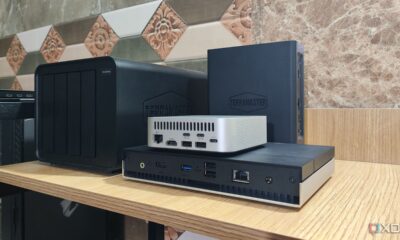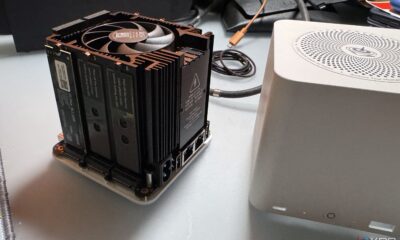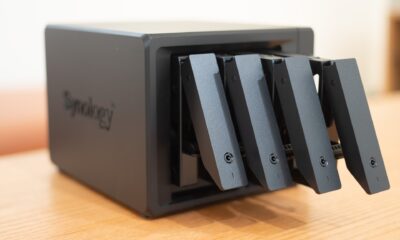Science
Learning from Mistakes: My Journey with Network-Attached Storage

Building a Network-Attached Storage (NAS) system can be a rewarding experience, but it often comes with a steep learning curve. My journey with NAS devices, particularly using TrueNAS, taught me invaluable lessons not just through successful setups but more importantly through troubleshooting failures.
In the early stages of my NAS development, I invested considerable time researching both hardware specifications and operating systems. While assembling my first NAS was an educational experience, the real growth came when I faced problems. Time and again, I encountered issues that required quick diagnosis and resolution, which ultimately solidified my understanding of how NAS systems operate.
Mastering Network Shares and Permissions
Initially, my first deployment involved creating a Samba share with default settings. This configuration worked sufficiently for my home lab, but as I delved deeper into network security, I recognized the need for more refined settings. My initial setup included Guest Access, which I later replaced with specific user accounts granting minimal permissions.
Transitioning to more advanced features like Apple Time Shares and SMB Multichannel was challenging yet rewarding. Learning about the unique requirements of SMB Multichannel, particularly its multiple subnet necessity, expanded my technical capabilities. NFS shares presented a different challenge. My early experience with NFS was frustrating, as I frequently encountered access denied errors due to permission misconfigurations. Although I prefer using SMB for most applications, navigating the complexities of NFS helped me understand mounting commands and permissions more thoroughly.
Similarly, I initially overlooked iSCSI but soon recognized its potential for block-sharing protocols. Learning to configure initiators and troubleshoot settings was a vital step in effectively using iSCSI for virtual machine data storage.
Emphasizing Data Protection and RAID Configurations
My understanding of data protection was significantly enhanced after losing a dataset due to a hard drive failure. This incident highlighted the importance of the 3-2-1 backup strategy, which involves having three total copies of data on two different media, with one copy stored off-site. Although I had been using the snapshot feature to back up my NAS, I learned that snapshots alone do not offer true data protection since they are stored on the same device.
This experience pushed me to explore various data protection methods, including monitoring S.M.A.R.T. metrics and setting up Rsync tasks for backups. I now maintain a secondary server at my parents’ home that automatically retrieves essential files from my primary NAS, ensuring a robust backup system.
As I progressed beyond my initial JBOD setup, I began experimenting with RAID configurations. My first encounter with RAID-Z1 revealed significant insights about usable capacity and fault tolerance. However, I learned the hard way about its slow resilvering times when I attempted to remove a drive for testing. Engaging with various RAID levels deepened my understanding of data redundancy and recovery options.
Finally, my journey into self-hosted services, particularly through TrueNAS Core, opened new avenues. I explored the world of containerization and virtual machines, becoming familiar with jails and later transitioning to Docker environments and Linux Containers (LXC). Each of these experiences contributed to a greater understanding of how to effectively manage and utilize NAS technology.
In summary, while the initial setup of my NAS was a valuable experience, the lessons learned from failures and challenges were far more impactful. Each misstep taught me critical aspects of storage systems, data protection, and network configurations, ultimately shaping my proficiency with NAS devices.
-

 Technology5 months ago
Technology5 months agoDiscover the Top 10 Calorie Counting Apps of 2025
-

 Health2 months ago
Health2 months agoBella Hadid Shares Health Update After Treatment for Lyme Disease
-

 Health3 months ago
Health3 months agoErin Bates Shares Recovery Update Following Sepsis Complications
-

 Technology4 months ago
Technology4 months agoDiscover How to Reverse Image Search Using ChatGPT Effortlessly
-

 Technology1 month ago
Technology1 month agoDiscover 2025’s Top GPUs for Exceptional 4K Gaming Performance
-

 Technology2 months ago
Technology2 months agoElectric Moto Influencer Surronster Arrested in Tijuana
-

 Technology5 months ago
Technology5 months agoMeta Initiates $60B AI Data Center Expansion, Starting in Ohio
-

 Technology5 months ago
Technology5 months agoRecovering a Suspended TikTok Account: A Step-by-Step Guide
-

 Health4 months ago
Health4 months agoTested: Rab Firewall Mountain Jacket Survives Harsh Conditions
-

 Lifestyle5 months ago
Lifestyle5 months agoBelton Family Reunites After Daughter Survives Hill Country Floods
-

 Technology4 months ago
Technology4 months agoHarmonic Launches AI Chatbot App to Transform Mathematical Reasoning
-

 Technology3 months ago
Technology3 months agoUncovering the Top Five Most Challenging Motorcycles to Ride





















